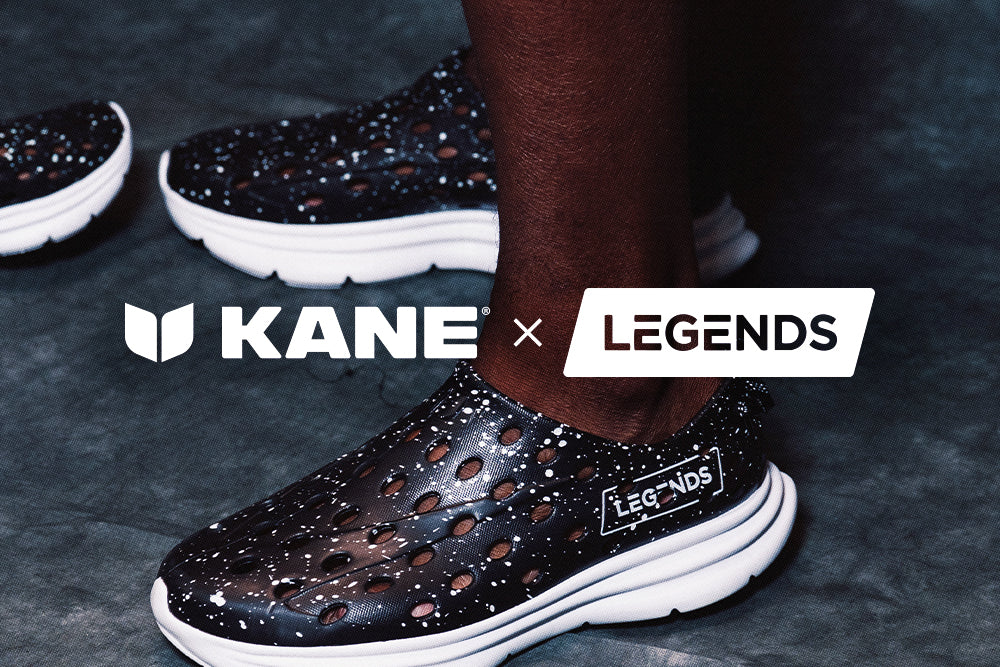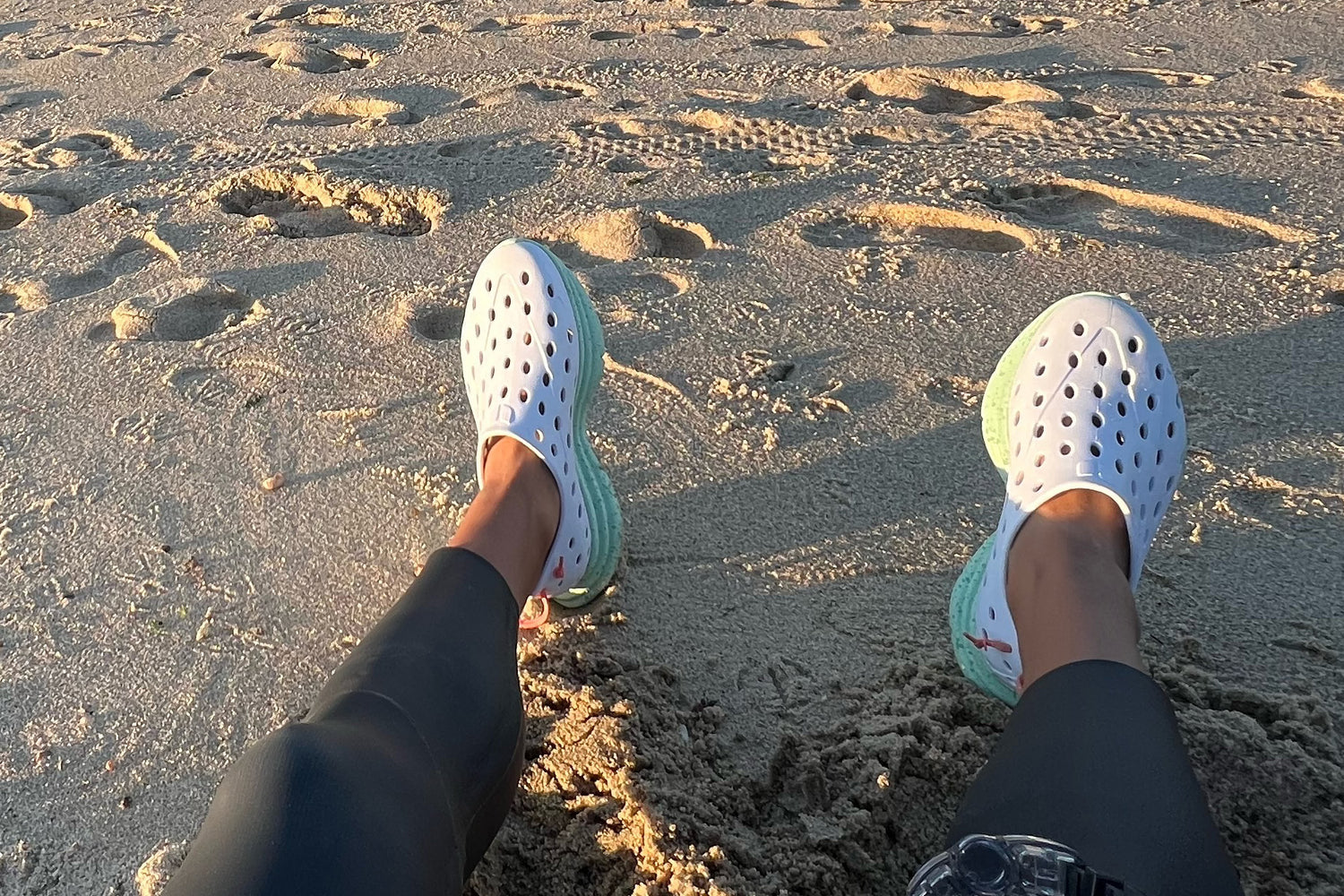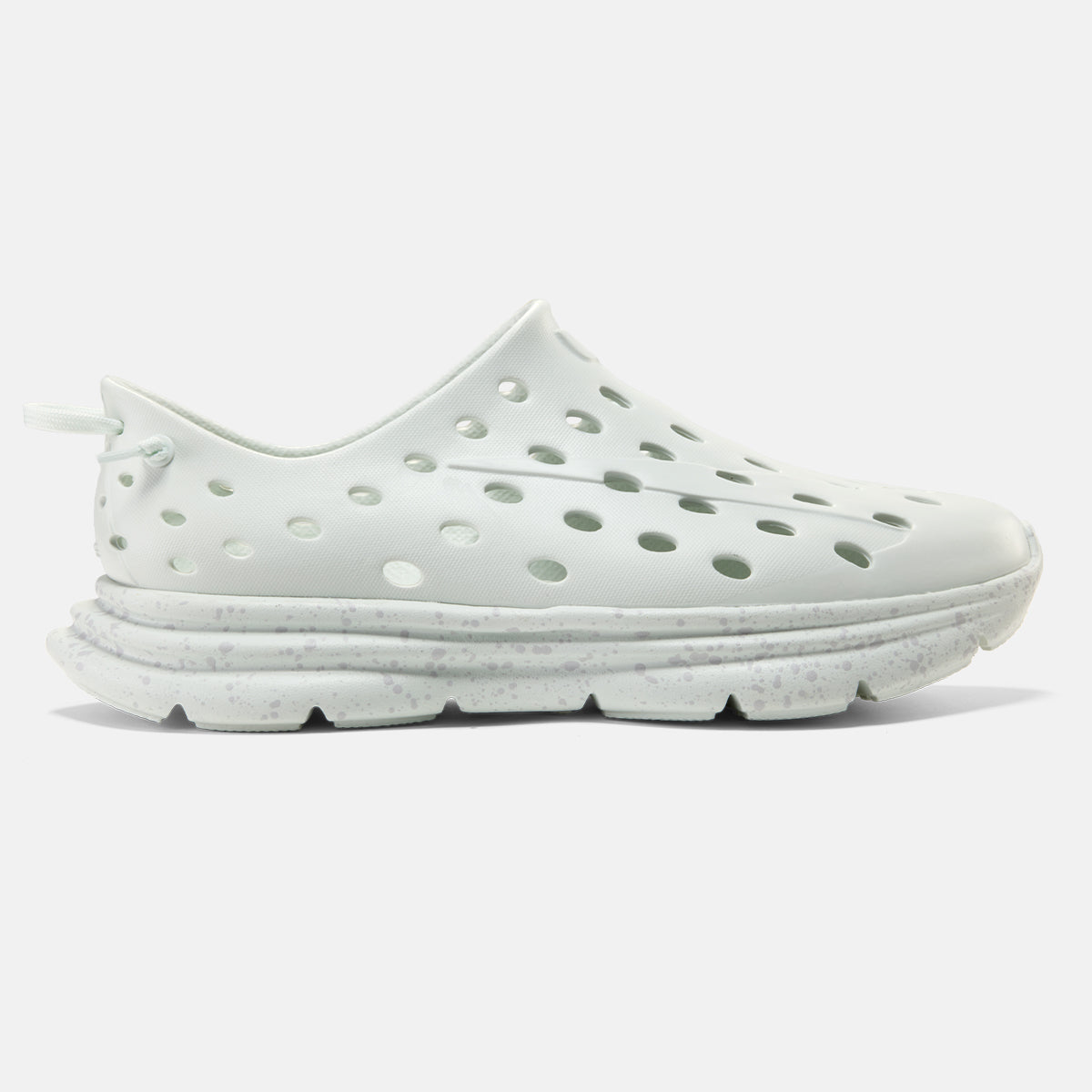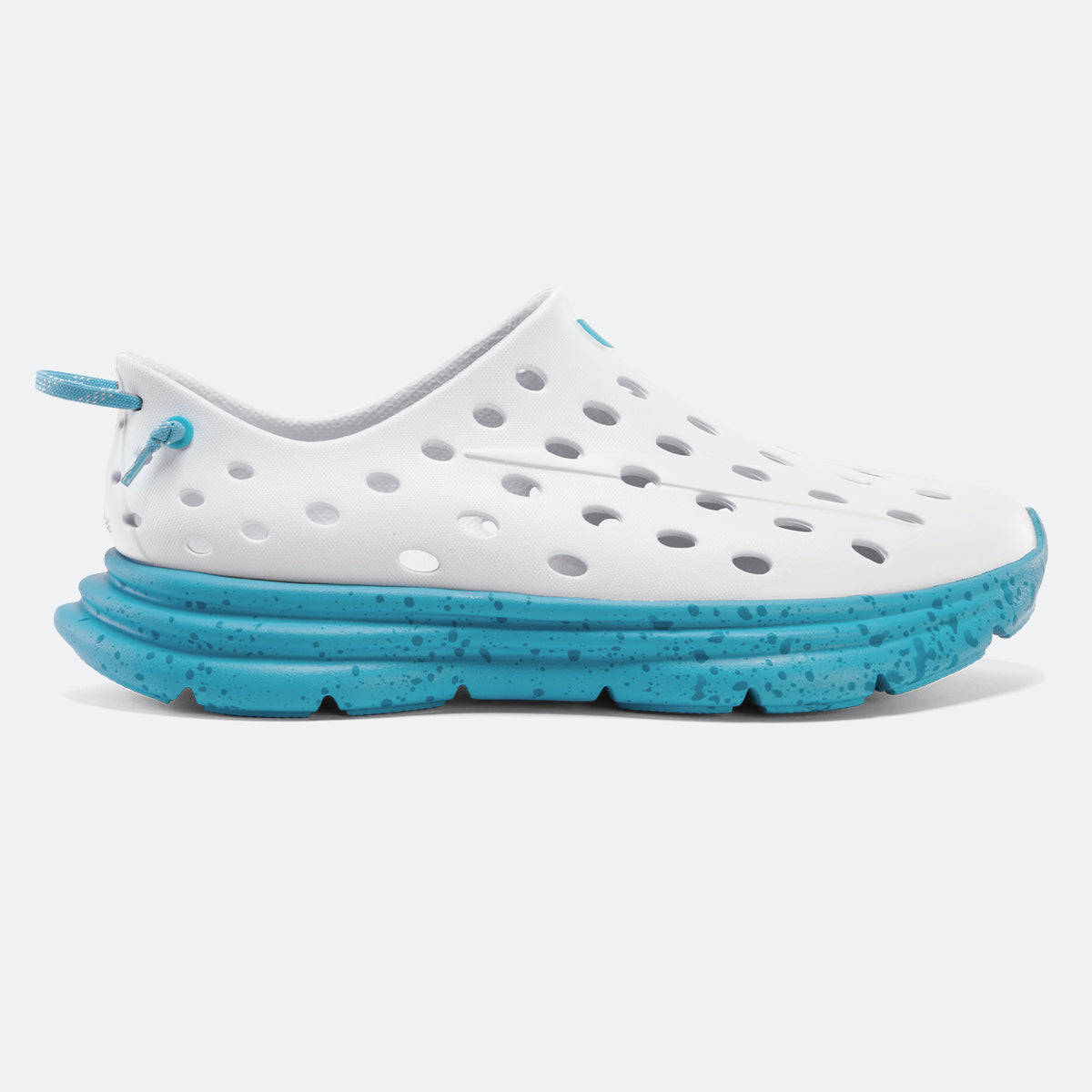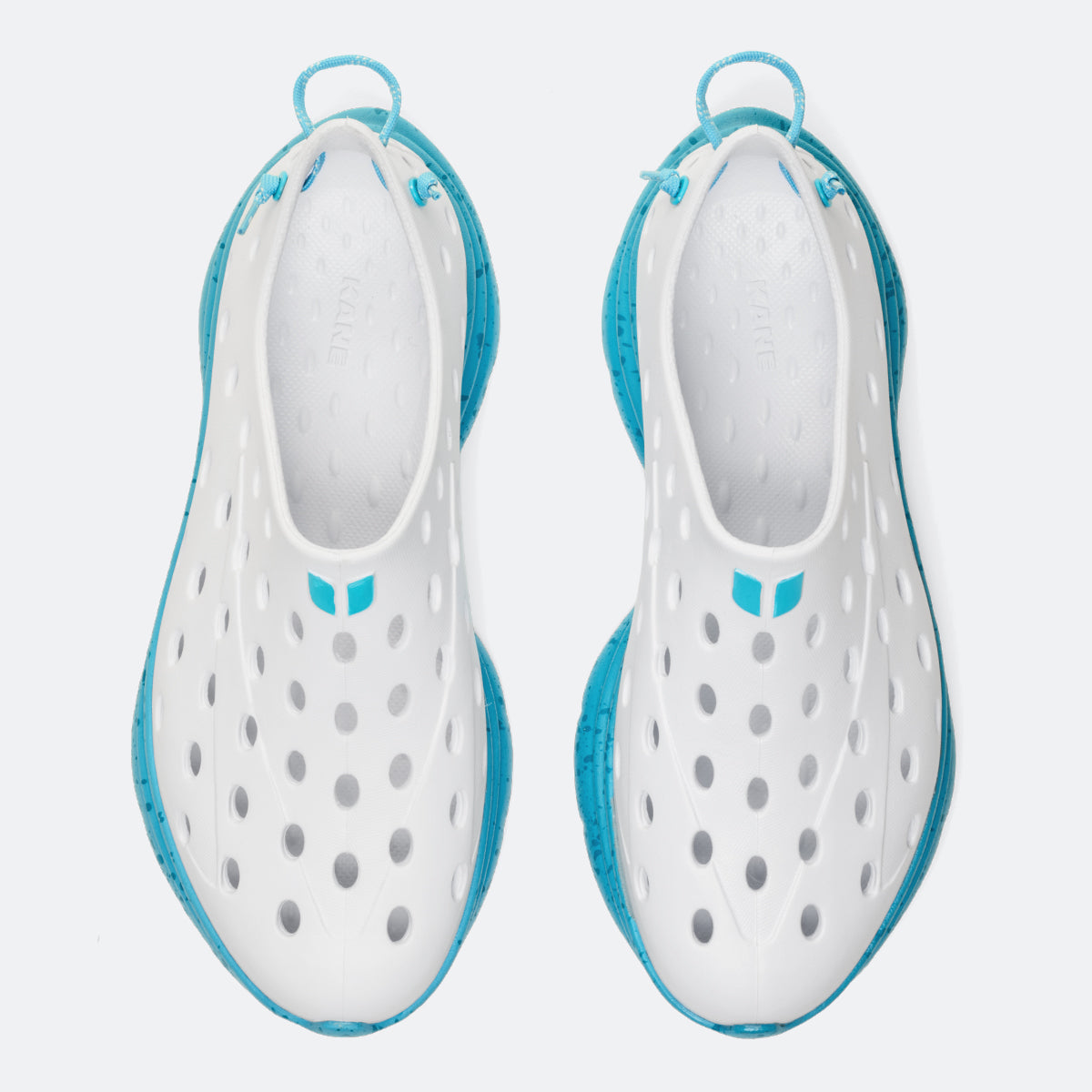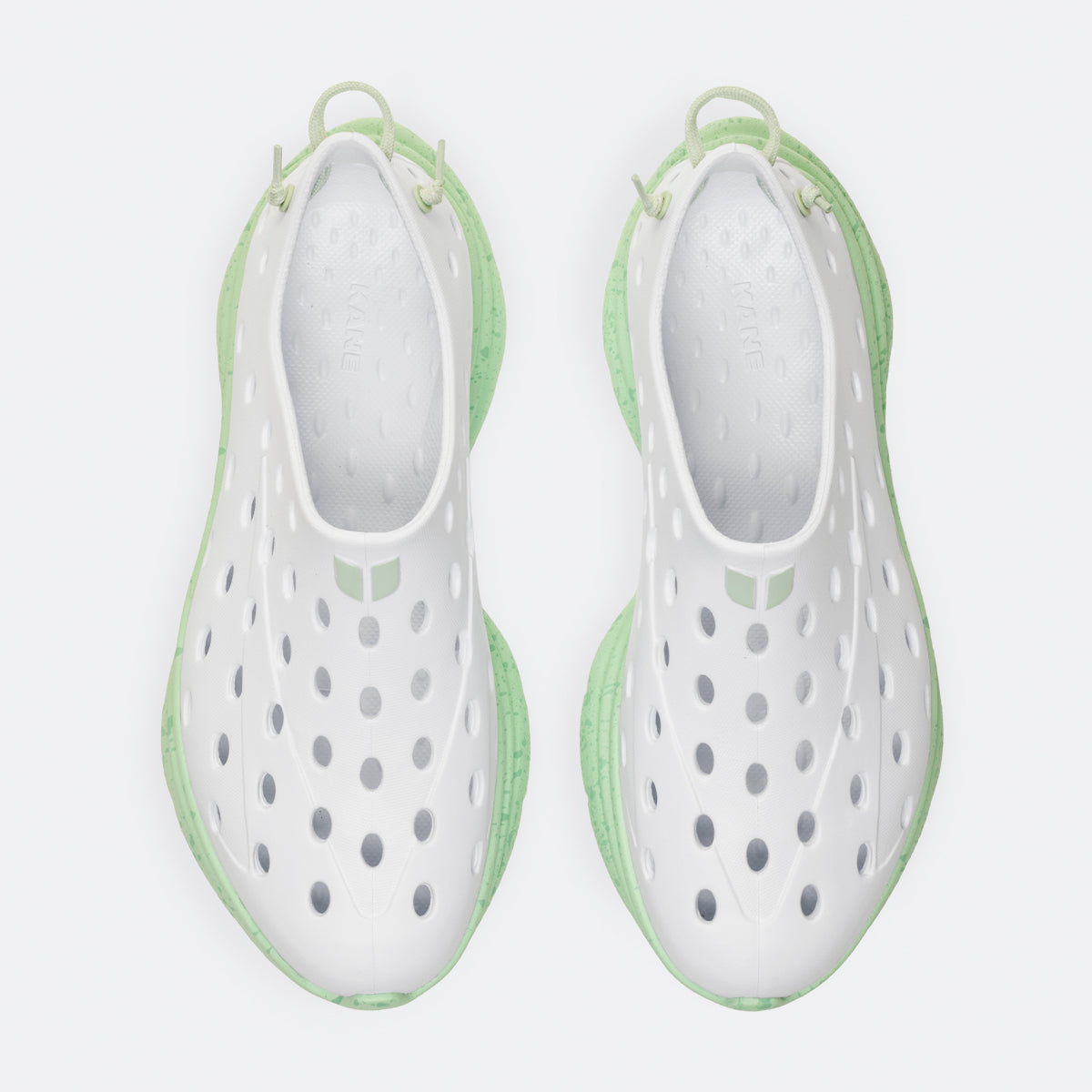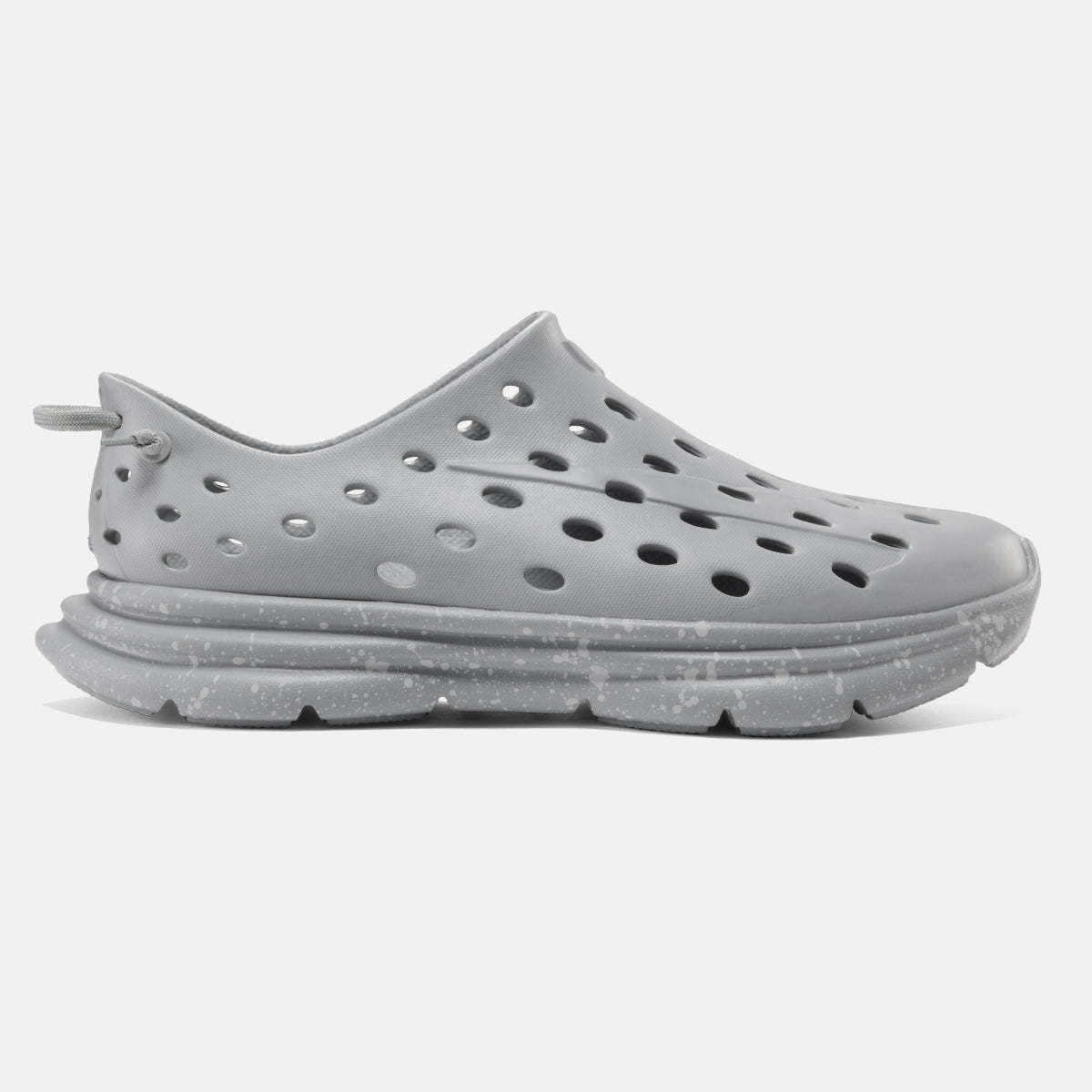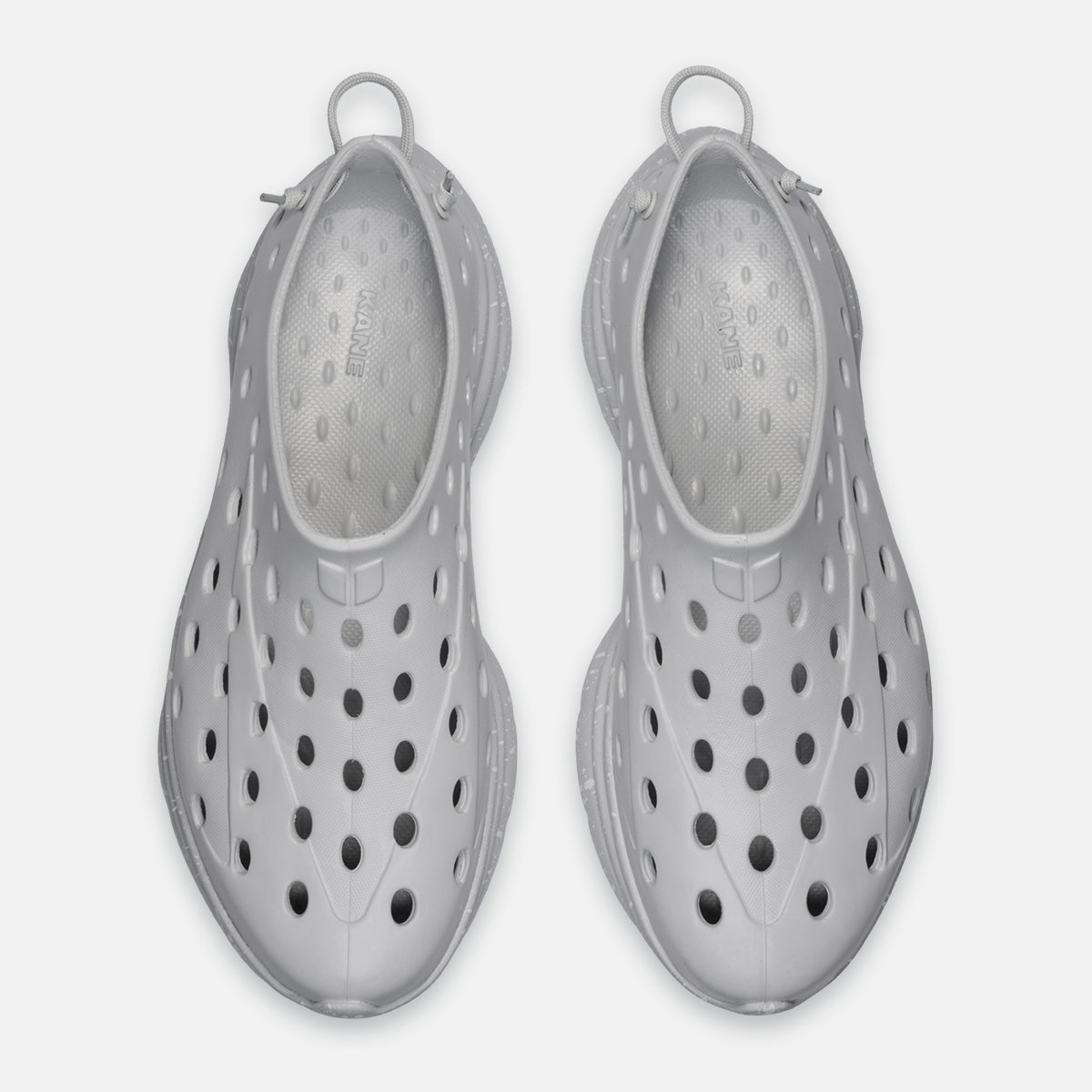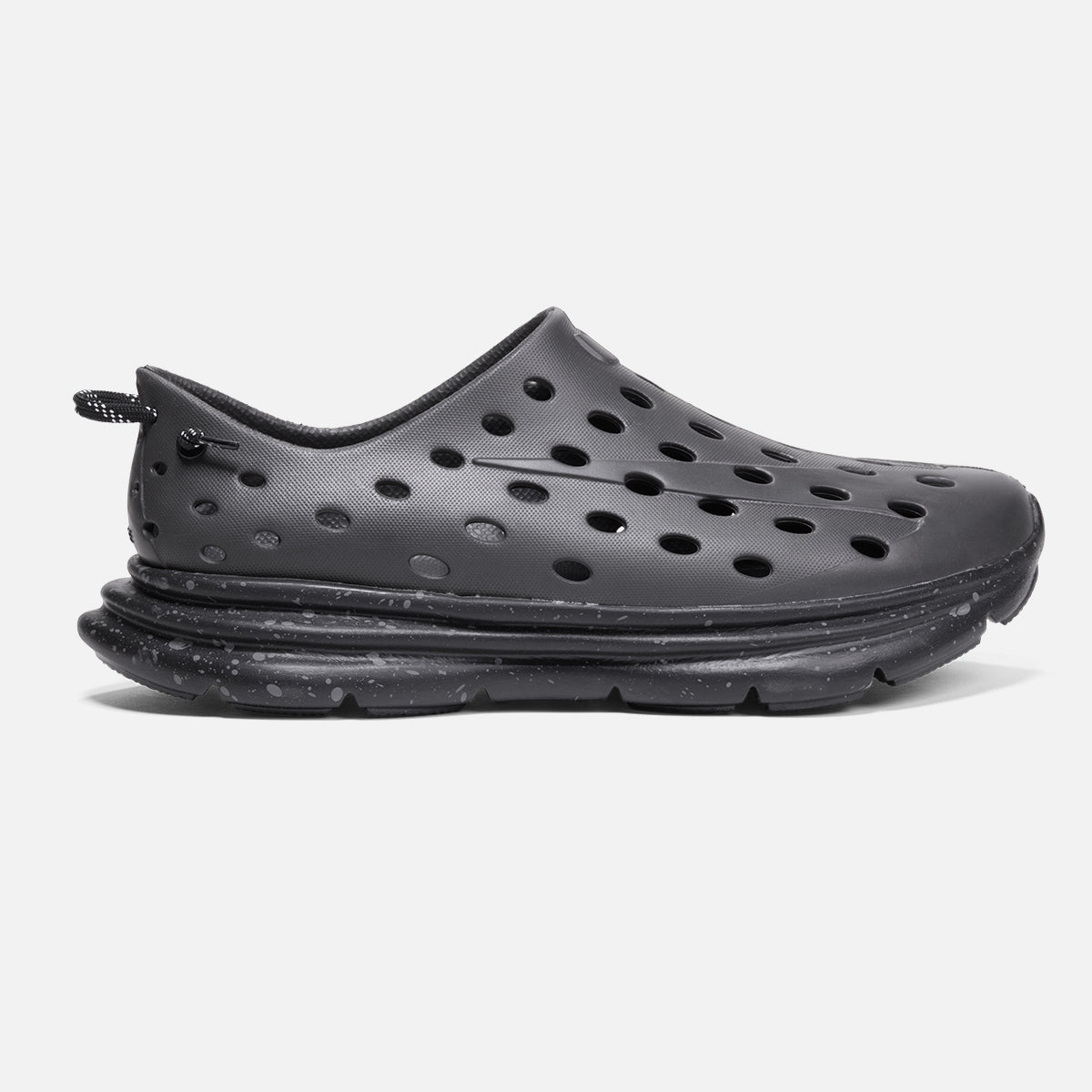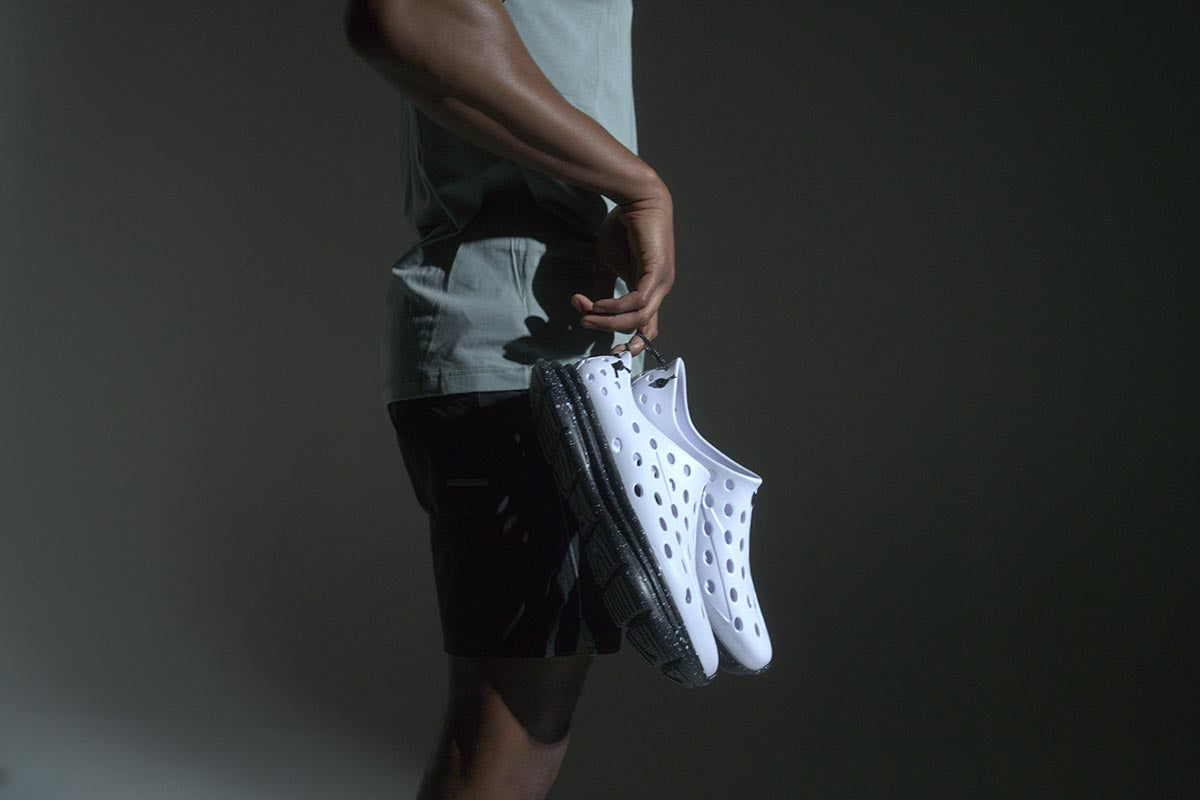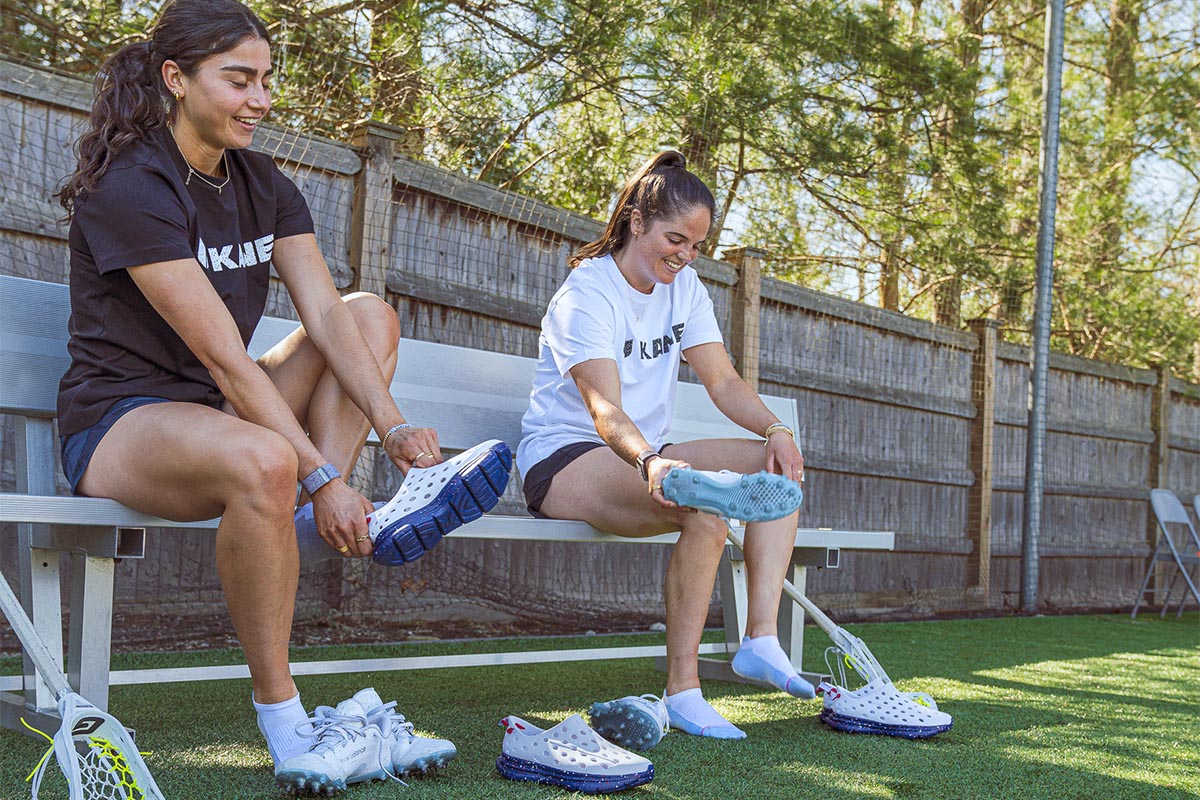Water shoes are a game-changer for anyone who loves splashing around in the surf. In fact, they're a must-have for many water-related activities. Whether you're exploring rocky shorelines, paddle boarding, or hiking on wet terrain, a good pair of water shoes can protect your feet, offer excellent traction, and keep you comfortable. In this comprehensive guide, we'll cover everything you need to know about water shoes, including their benefits, uses, and answers to frequently asked questions.
What are water shoes?
Water shoes are specialized footwear designed to protect your feet in slick environments. Unlike regular shoes, which can become waterlogged and slippery, water shoes are made with materials that allow water to flow through while providing grip on slippery surfaces. Neoprene uppers and mesh are breathable and quick drying, and rubber soles offer excellent traction on slippery surfaces.
There are several types of water shoes, from those designed for water sports to more versatile models suitable for both land and water. They feature drainage holes for quick drying, a snug fit to prevent slipping off in the water, and a thin sole for flexibility and comfort.
The benefits of water shoes
Water shoes offer a range of advantages that make them essential for pretty much any water-based activity. Designed for wet conditions, they provide protection, comfort, and performance that regular footwear can’t match. Water shoes can handle the demands of aquatic adventures, from safeguarding your feet against hot sand, sharp shells, and rocks to helping you avoid slipping and sliding.
These are some of the ways water shoes can help you stay safe and comfortable whether you’re strolling on the beach, wading through a river, or enjoying water sports.
- Protection: One of the main reasons to wear water shoes is for protection against hot sand, sharp rocks, and other potentially harmful objects. Unlike bare feet, water shoes shield you from hidden dangers in the water, like sharp shells and barnacles.
- Traction: The rubber sole of a water shoe provides better traction than a bare foot or flip-flops, reducing the risk of slips and falls on slick surfaces.
- Comfort: Water shoes are made from lightweight, breathable materials that keep your feet cool and comfortable. Whether you’re kayaking or going for a wild swimming adventure, water shoes are designed to keep your feet happy.
- Versatility: Water shoes are perfect for various water-related activities, from paddle boarding to exploring rocky shorelines. They can also double as hiking shoes for short seaside hikes.
- Durability: Many water shoes come with a thicker outsole, providing durability and protection against sharp terrain. The excellent support offered by these shoes makes them an ideal choice for long periods of activity, ensuring your feet remain comfortable no matter what you're up to.
Uses of water shoes
Water shoes are incredibly versatile and can be used in a variety of settings:
- Beach outings: Protect your feet from hot sand, rocks, and shells with water shoes. Unlike sandals or flip-flops, water shoes provide better traction and stay securely on your feet.
- Water sports: For activities like kayaking, surfing, and wild swimming, water shoes are ideal. They offer the grip needed to prevent slips and keep your feet protected from cold water and debris.
- Hiking: While they aren’t a replacement for traditional hiking shoes, you can wear most water shoes on a short hike or walk. Their rubber soles provide excellent traction on slick surfaces, making them suitable for both land and water.
- Everyday use in slippery conditions: When exploring areas with water or rainy conditions, water shoes are a practical alternative to standard shoes. The best water shoes dry quickly and can handle both wet and dry environments.
Choosing the right water shoe
When selecting a pair of water shoes, consider the following:
Activity type
Match the water shoe to the activity you intend to do. For example, shoes with thin soles and a snug fit are ideal for wild swimming, when you want flexibility and a close-to-the-water feel. However, they don't offer much support. For hiking or navigating rocky shorelines, look for a shoe with a thick outsole to prioritize traction.
Material
Choose water shoes made from neoprene uppers or mesh for breathability and quick drying. These materials will help keep your feet cool and dry, even after getting wet. Look for durable materials that will withstand any rough conditions you might encounter.
Fit
A snug fit is crucial for water shoes. They should fit closely to your feet to avoid slipping off in the water, but not so tight that they cause discomfort. Think about the activities you’ll be doing: a closer fit is ideal for swimming or surfing, while a slightly looser fit might offer better comfort for hiking or walking on rugged terrain.
If you can, try on water shoes with wet feet, since your feet can swell when exposed to water. Look for adjustable features like straps or bungee laces, which can help customize the fit to your foot.
As you try them on, walk around to check for any areas of discomfort or rubbing, especially around the heel and toes. The heel should stay securely in place without slipping, and there should be enough room in the toe box to wiggle your toes comfortably. The right water shoes balance snugness with comfort, providing excellent support and traction for your adventures.
Sole type
The sole of the water shoe is crucial—especially when it comes to traction. Look for shoes with a thin, rubber sole that offers better traction on slick surfaces than a regular shoe. Shoes with rubber soles often provide grip and are more durable on sharp, uneven terrain.
Style
Water shoes come in a splashy variety of styles to suit your needs. Slip-ons are like a comfy, stretchy sock, perfect for a snug fit and quick changes. Strap-on styles offer adjustable features for a customizable fit. Closed-toe designs provide more protection for rocky adventures, while open-toe models keep things breezy for relaxed beach days.
For a hybrid option, look for aquatic sneakers that blend the best of both worlds with more structure and support. Choose the style that suits you, and dive in with confidence.
Wearing water shoes: Tips and best practices
Water shoes can make all the difference when you're navigating wet and rocky terrain. Here are some tips:
- When to wear water shoes: Use them whenever you’re involved in water activities, walking on slippery terrain, or exploring areas with unpredictable surfaces. They’re also a great alternative to regular shoes when you anticipate getting wet.
- Care and maintenance: Rinse your water shoes with fresh water after each use to remove salt, sand, and debris. Allow them to air dry completely before storing them to prevent mold and odors.
- Breaking them in: Like any new footwear, it’s a good idea to break in your water shoes before a big adventure. Wear them around the house to ensure they fit snugly and comfortably.
Why wear water shoes on wet surfaces?
Wearing a pair of water shoes on slick surfaces provides safety and comfort:
- Enhanced grip: Water shoes have soles that provide some of the best traction on slippery and uneven surfaces. This enhanced grip reduces the risk of slipping and falling, especially when you wear them on short hikes in rocky environments or on wet surfaces.
- Safety and protection: Unlike bare feet, which can easily get injured on sharp surfaces or rocks, water shoes offer a barrier against potential hazards.
- Improved comfort: On hot days, walking in bare feet can be uncomfortable. Water shoes keep your feet cool while providing a comfortable walking experience.
Conclusion
Water shoes are an essential piece of footwear for anyone who enjoys spending time in and around water. With their unique design features—like neoprene uppers, rubber soles, and drainage holes—they offer comfort, protection, and traction on both land and water.
Whether you’re planning to go paddle boarding, exploring rocky shorelines, or simply looking for a versatile shoe that can handle wet and dry conditions, a good pair of water shoes is a worthwhile investment.
So, next time you’re gearing up for an adventure, make sure you have the right shoes to keep you safe and comfortable.
Frequently asked questions
What's the point of water shoes?
Water shoes are designed to protect your feet from potential pitfalls lurking underwater—sharp rocks, slippery algae, and scorching sand. They offer the perfect blend of comfort and durability, letting you wade through rivers, splash around carefree on the beach, or explore rocky tide pools without worrying about where your feet land. With their quick-drying, breathable materials and grippy soles, water shoes ensure your adventures aren't cut short by stubbed toes or unexpected scrapes. Consider them your trusty sidekick for any wet and wild adventure.
What's the difference between water shoes and regular shoes?
Water shoes and regular shoes serve different purposes. Water shoes are designed for wet environments, featuring quick-drying materials, drainage holes, and great traction on slick surfaces. They keep your feet protected and comfortable in aquatic conditions. Regular shoes are meant for dry land, providing cushioning and support but lacking water-specific features.
Are you supposed to swim in water shoes?
You can swim in water shoes, but it depends on the situation. They're great for rocky or unpredictable environments, where protecting your feet is key. Water shoes offer good grip and prevent slips on slick surfaces, making them perfect for snorkeling or exploring rivers. However, they might feel a bit clunky for lap swimming or when you want to glide effortlessly through the water. So, if you're diving into an adventure that requires foot protection, wear them. Otherwise, going barefoot might be the right choice.
Do your feet get wet in water shoes?
Yes, your feet will get wet in water shoes. After all, water shoes are designed to let water in and out, keeping your feet protected while allowing them to breathe. They also dry quickly, so you won't be stuck with soggy feet all day. Whether you're walking on a sandy beach or wading through a river, water shoes keep you comfortable, safe, and ready for adventure.
Are water shoes good for walking?
Water shoes are decent for short walks on wet or uneven terrain, like a beach or riverbank. They provide grip and protection from sharp objects, making them ideal for the great outdoors. However, they lack the cushioning and support needed for long walks on dry land. If you're planning a lengthy trek, stick to regular walking shoes or hiking boots for comfort and support, and save water shoes for water-based adventures.
How do you clean and maintain water shoes?
If you take care of your water shoes, they'll take care of you. Here’s how to clean and maintain them so they perform well for years to come:
- Rinse after use: After wearing your water shoes, rinse them thoroughly with fresh water to remove salt, sand, and debris, especially from the drainage holes and mesh areas.
- Remove insoles: If your water shoes have removable insoles, take them out and rinse separately. This helps to prevent odor and mold from developing.
- Use mild soap: Occasionally clean your water shoes with mild soap and a soft brush to remove dirt. Avoid harsh detergents, which can damage the materials.
- Air dry: Let your water shoes air dry in a well-ventilated area, away from direct sunlight. Never use a dryer, as heat can damage the rubber sole and fabric.
- Deodorize: To keep them smelling fresh, sprinkle baking soda inside the shoes after drying. Shake out the baking soda before you wear them again.
- Inspect regularly: Check for signs of wear and tear, such as thinning soles or tears in the fabric, and replace them if necessary.
- Store properly: Store your water shoes in a cool, dry place with good air circulation. Avoid sealed containers or damp areas to prevent mold and mildew.
By following these simple steps, you’ll ensure your water shoes stay clean, comfortable, and ready for any water adventure.
What is the difference between waterproof shoes and water shoes?
Water shoes and waterproof shoes each shine in their own way. Opt for water shoes when you’re splashing around on sandy beaches, wading in rivers, or tackling slippery rocks. They offer quick drainage, grip, and protection from sharp objects.
On the other hand, waterproof shoes are your go-to for rainy days and muddy hikes—they keep your feet dry and cozy, even if you’re walking through puddles or trudging through wet terrain. Choose water shoes for aquatic adventures and waterproof shoes for keeping your feet dry and warm on soggy land. It’s all about the right fit for your adventure.


